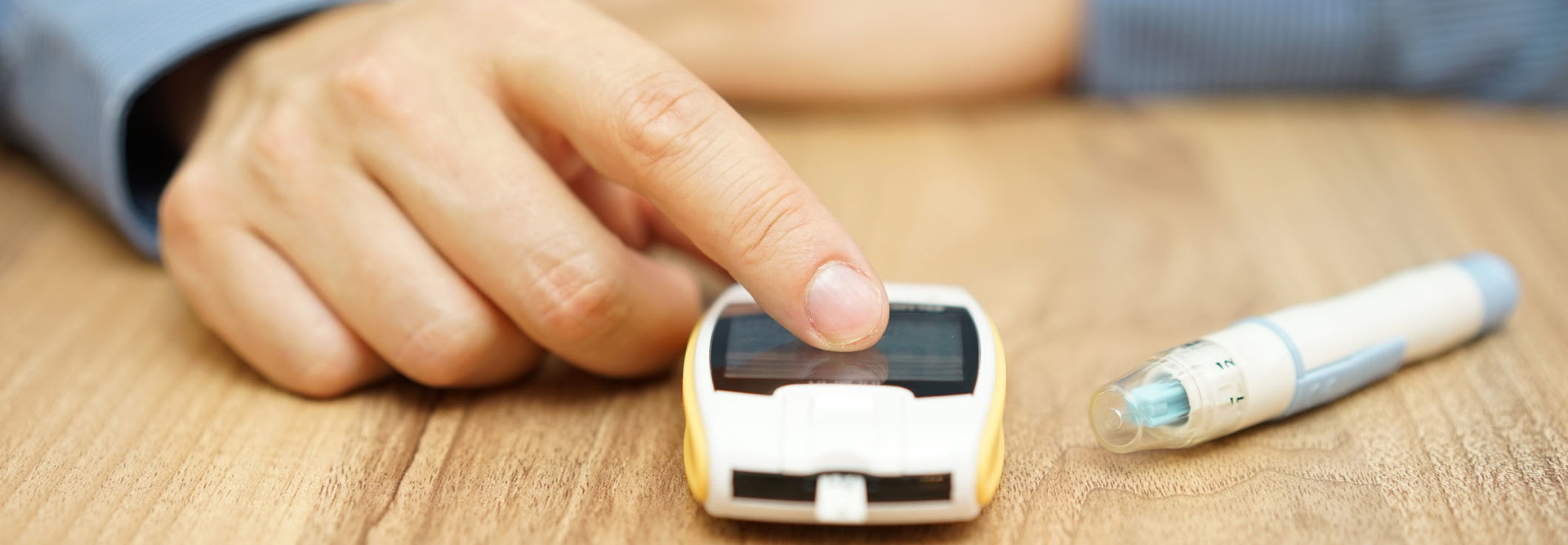How Digital Innovation Is Changing Diabetes Care
Technology’s role in diabetes care continues to grow, with mobile tools, in particular, playing a more prominent role in helping patients to monitor the disease.
Just this week, for instance, Kevin Lynch, vice president of technology at Apple, announced at the company’s Worldwide Developers Conference in San Jose, Calif., that a new Bluetooth application programming interface will allow users of Apple Watch to link the device directly with a glucose sensor from Dexcom, CNBC reports. That means more seamless monitoring for users.
But smartphones, fitness bands and mobile apps aren’t the only tools developers believe hold the potential to improve the way diabetes is diagnosed and managed.
Biosensing Tattoos to Monitor Blood Sugar
Researchers at the Massachusetts Institute of Technology and Harvard University are in the early stages of developing biosensing tattoos that automate blood sugar monitoring.
The tattoos are drawn using specialized ink known as DermalAbyss, which is made up of chemicals that contain biosensors that change color based on changes to blood sugar levels, pH and sodium, CBS News reports. When a patient’s blood sugar rises, for example, the biosensors would turn the ink from blue to brown.
While the researchers note on a project website that they currently do not plan to develop DermalAbyss as a product or pursue clinical trials, Xin Liu of MIT Media Lab says she and her colleagues have already received queries from patients interested in participating in testing.
“People with diabetes email us and say, ‘I want to try it out,’” Liu tells CBS News.
Still, it likely would be a long time before “anything practical” would be available for mass patient use, she says. To date, Liu and her colleagues have only tested DermalAbyss on pig skin samples.
Diagnosis Through Deep Learning
Meanwhile, IBM published research in April showing that deep learning, neural networks and analytics tools can identify diabetic retinopathy with 86 percent accuracy in 20 seconds. The results were presented at the Institute of Electrical and Electronics Engineers International Symposium on Biomedical Imaging in Melbourne.
“The alarming projections of the number of patients with diabetic retinopathy have major implications for the health system,” Dr. Peter van Wijngaarden, principal investigator at the Centre for Eye Research Australia within the Department of Ophthalmology at the University of Melbourne, said in a statement. “To substantially reduce the number of people unnecessarily losing vision from diabetic eye disease, there is a real need for innovation to improve effective screening of those who are at risk to enable early sight-saving treatment.”
Tech and Pharma Heavy Hitters Join Forces
Last September, Sanofi and Verily Life Sciences, a subsidiary of Google parent Alphabet, launched a joint diabetes management venture, dubbed Onduo. The company, which will be based in Cambridge, Mass., aims to ease diabetes management by creating “comprehensive solutions that combine devices, software, medicine, and professional care,” according to an announcement.
The effort will initially focus on helping patients suffering from Type 2 diabetes. Eventually, Onduo will expand to those with Type 1 diabetes, as well as those at risk for developing the disease.









